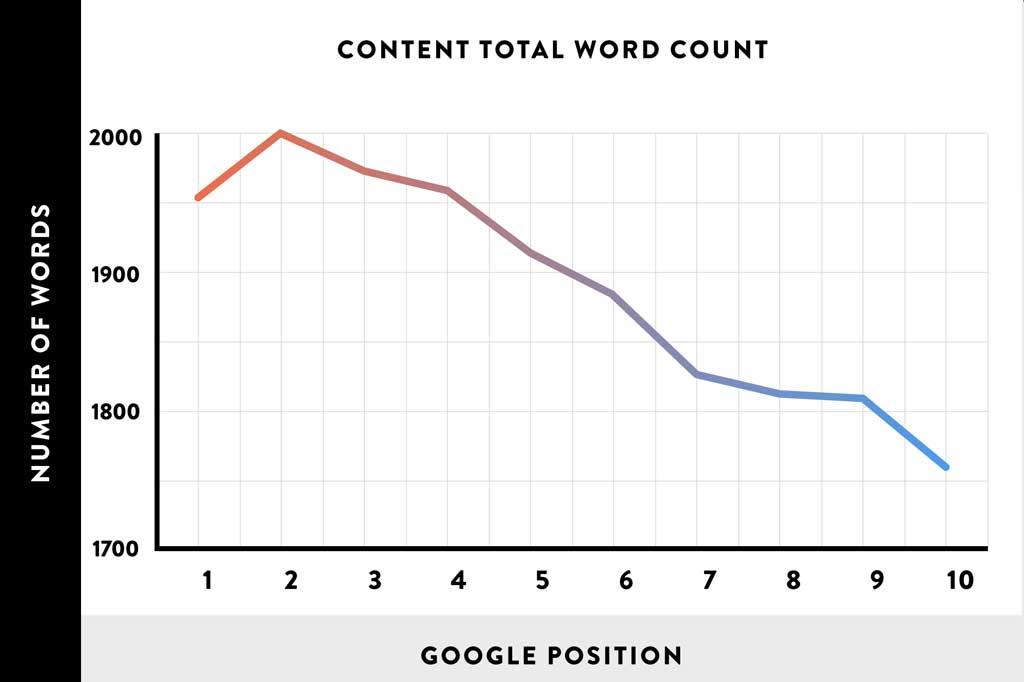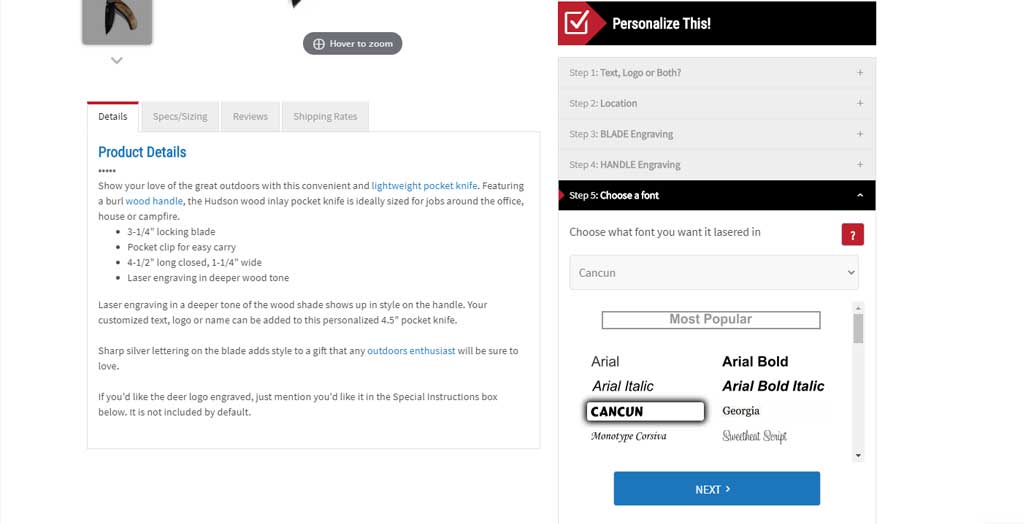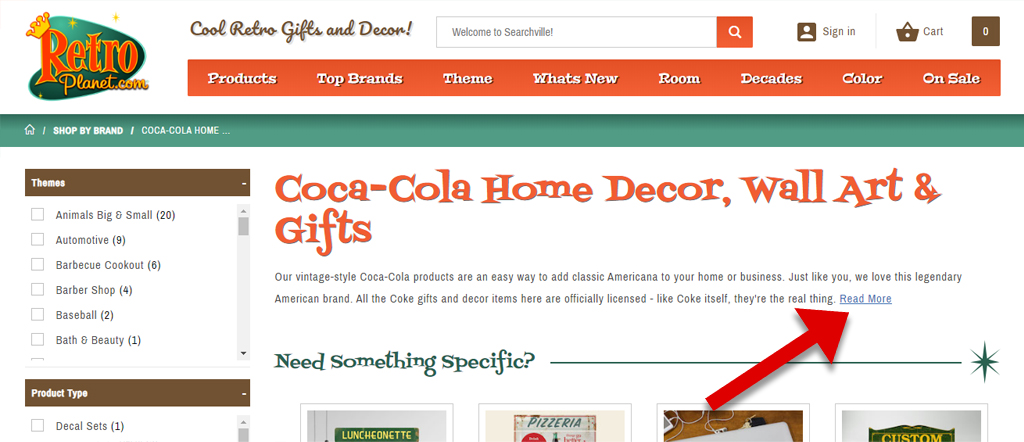
Estimated reading time: 10 minutes
It’s obvious that having a great website is only half the battle; the other half is making sure people can find it. That is typically the main role a marketer plays. Whether in-house or hired from a firm, your marketing expert is probably doing things like posting on social media, taking care of your Google Ads, and maybe even creating blog content. Those are all excellent forms of advertising, but they may not be helping to improve your search engine ranking.
In order to get the most eyes on your site, you need to focus on improving your search engine ranking, which effectively pushes you up towards the top of search results. Why do you need to be at the top? Well, the first 3 results that show up in Google get more than 75% of the clicks, with a sharp decrease in clicks after position 10. As for the results on page 2? Less than 1% of searchers bother clicking on the second page of Google.
You may be groaning at the thought of having to dive into SEO. It’s often complicated, confusing, and data-driven (aka boring). It’s true that technical SEO is likely way more advanced than you could (or should) handle yourself. There are experts for that. But there are things you can do on-page that will help your ranking without the potential of breaking your site in the process.
What Factors Help Improve Your Search Engine Ranking?
Google is very transparent in providing details about how to rank well. And while some of the metrics used to measure and determine your ranking are quite technical, many of them can be managed in-house. Here are some of the ones that, in most cases, you and your staff can examine:
- Appropriate keyword usage. This used to be exploited with a tactic called keyword stuffing – literally stuffing as many instances of your keyword as possible into page content, titles, headers, descriptions, etc. It didn’t take search engines long to catch on to that, and you can now be penalized for it. Instead, appropriate keyword placement is rewarded.
- Content length. There is a direct correlation between content length and SERP (search engine ranking position), wherein the longer the piece of content, the higher the page ranks. However, this isn’t always applicable depending on the page you’re optimizing. It isn’t likely that you’ll have 2000+ words on your product pages.

- Page speed. While correcting or improving your page speed will likely be beyond the average store owner’s capabilities, you are able to test and keep an eye on your page speed. You don’t need to test every page on your site; there may be thousands and your site is likely template-based. But keeping an eye on your homepage, a category page, and a product page should be sufficient.
- Fresh and original content. Search engines like to know that the content they are delivering is relevant, recent, and original. Having a large amount of copy and pasted content on your site may be a red flag. It essentially tells search engines that your content isn’t anymore useful or pertinent than your competitor’s. It may also even be viewed as malicious. The date it was published will help inform that yours was not the original text.
- Grammar, spelling, and overall readability. Not only might poor spelling and grammar negatively impact your ranking, but it will also provide a less-than-ideal user experience for your shoppers. If your users aren’t enjoying their time on your site, they will leave, and likely not return. Improve your search engine ranking simply by proofreading your content.
- Low Bounce Rate. Search engines take notice of how often users click onto your site, then immediately bounce away from it (close the tab, hit the back button, etc.). A high bounce rate signals that the information you’re providing either doesn’t match the search query, or is of low quality. As a result, your ranking will take a hit.
- Interactivity and supplementary content. Like page speed, this isn’t necessarily something you can implement yourself, however it does fall to you to make the decision to add it. Features like rate calculators, charts, parts finders, etc. help to enrich the user experience, prolonging your on-page time (beneficial to your SEO ranking), and are also looked upon favorably by Google.

- Category and link relevancy. Search engines like it when your pages reside in categories that actually make sense and relate the page content. Similarly, they want the links you provide to be meaningful to the user in the same way.
You’ll notice that the factors listed above all focus on improving the user experience. Consider Google and Bing to be a hotel concierge. They want to make sure their guest (aka the user) is having a pleasant experience, and thus will recommend the best options first.
You’ll also notice they are mostly managed at page level. That means you’re able to change and update (or at the very least, monitor) them as needed without getting developers or code involved. We’ll address some ways you can improve your search engine ranking on your own.
Where and How to Address Your Ranking Factors
Product Pages
Product pages are where you’re going to be making most of your revenue, so you want them to rank well. But how do you differentiate yourself amongst all the other retailers who sell the same, or similar, items?
Product Name
The first step is to determine what your keyword for the page is. On a product page, that is likely going to be the product itself. Then use that keyword in your product name, which acts as the page title. That helps the search engines know what your page is about.
- Name your products carefully and clearly. Be specific but don’t list too many details (ie. If you need to list the size, try using “Small” instead of “3.75 inch x 2.25 inch”).
- If you have headers in your product description, include the keyword or synonyms.
TIP: Don’t be afraid to use long-tail keywords! You’re going to have an easier time ranking for a phrase like “Engraved Bamboo Cheese Board Gift Set” than just “Cheese board”. You’re also more likely to appear to people looking to actually purchase the item, instead of those just educating themselves on the rich history of cheese boards.
Descriptions
Using your keyword in the description is also necessary and helps confirm that your page content matches your page titles. But don’t over do it, or you’ll creep into that keyword stuffing territory, which will hurt you. Use it in a logical and helpful way. Beyond keywords, make sure your description is unique. Many retailers will copy and paste product descriptions directly from their suppliers. This is necessary in many cases for product dimensions and materials, but try to use your own words whenever possible.
- Describe the product’s appearance, function, and uses in your own words.
- Link to other (relevant!) internal products or pages.
- Include feature lists. Google doesn’t consider copy-and-pasted bullet point lists to be malicious, so they won’t hurt your ranking, but they do help conversions.
TIP: Offer suggestions or tips that will help differentiate you from competitors, allow you to use your keyword, and utilize crosslinks. For example: Pair our Engraved Bamboo Cheese Board Gift Set with a bottle of wine and a set of Personalized Stemless Wine Glasses for a thoughtful housewarming gift!
Product Reviews
Having reviews on your product pages can help improve your search engine ranking in a couple of ways. Search engines will view them sort of like stamps of authenticity. They will help let the engines know you’re a real store with real shoppers, and that matters when it comes to your domain authority. They also help in a second hand way, by increasing the time-on-page metric, as well as conversion rates, and those two factors also help improve your SEO ranking.
- Use a third-party system like Shopper Approved to syndicate your reviews. They will show up on search engines as well as your product pages.
- Monitor your on-page reviews to ensure they stay relevant to the product and aren’t spammy or abusive.
TIP: Always reply to your reviews! It will have a big impact on how you, as a business, are perceived. It will also give you the opportunity to correct errors on your part, as well as clarify errors or accusations made by disgruntled customers.
Category Pages
When thinking about pages that appear in search results, you may not have considered your category pages. But they are a great opportunity for improving your search engine ranking in only a couple of steps. It will give you the chance to present dozens of products to a searcher all at once, increasing the possibility of conversion.
Category Name
Similar to your product name, the category name represents the page heading. It should be big and bold, easily visible to the user. It should also include your keyword. Unlike your product names, however, you want to use more general keywords. You likely aren’t going to have an entire category of “Patterned Jersey Knit Swing Dresses” on your site; instead, you’ll have a category of “Skirts and Dresses”, or “Knit Dresses and Sweaters”. While they are still longer than just the word “Dresses”, they are a little more general, and more applicable to the products.
- Make your header relevant to the products.
- Don’t be too specific or too general with the name; aim for 2 to 5 words.
TIP: You may want to reach out to your developer or technical SEO expert to help you craft and update your title tags. Those are what’s often seen on the search engine result pages and may take some code know-how to update.
Descriptive Text
Again, this hearkens back to the product description, and follows some of the same principles. The descriptive text on a category page, though, is more encompassing than on a product; you don’t want to go into specifics here. It can also be significantly longer without disrupting the user experience. But that doesn’t mean it has to be. You don’t want a ton of copy for the sake of ranking, if it’s just going to interfere with your user experience.
- Don’t make the text long just for the sake of it. Keep it relevant.
- If you have more than a few sentences for your category description, consider putting it at the bottom of the page, or include a “read more” break, like this example:

TIP: Include some relevant internal links in this section (ie. Linking to the “Wall Decals” subcategory in your “Home Decor, Wall Art & Gifts” category).
Category Tree Layout
This is still something you may be able to do yourself within your store admin, if you’ve got the time and the know-how. But it isn’t as simple as writing or updating some content. This will take some serious time, thought, and mapping, particularly if you have a large catalog of products. Making sure your category structure is logical and relevant will not only help search engines crawl your site (mapping it out for usability, and testing links and features). It will also, once again, improve your user experience, lessen your bounce rate, and increase conversions.
- Sort your products into sensible and clear categories.
- Use subcategories as needed, but don’t add too many levels; it will get confusing for your staff and your shoppers.
TIP: There was a long-standing, unofficial rule that you should be able to reach any page on your site in 3 clicks or fewer. While that has been largely debunked, it is still best to err on the side of simplicity. If you want to further narrow down your categories, consider employing facets.
Improving Your SEO Ranking is an Ongoing Task
As search engines and technology continue to develop, the requirements for optimization will change. As they do, you’ll need to be prepared to change with them. That can be a big (and exhausting) job if you have a large site and a relatively small staff.
While we do encourage store owners to take it into their own hands whenever possible, we also understand that it’s not always feasible, or enjoyable. In those cases, or where the changes needed are more advanced than the average store owner can tackle, we have a solution. If you need a hand managing your SEO, or exploring what other tactics might be needed on your site, get in touch with us for help.